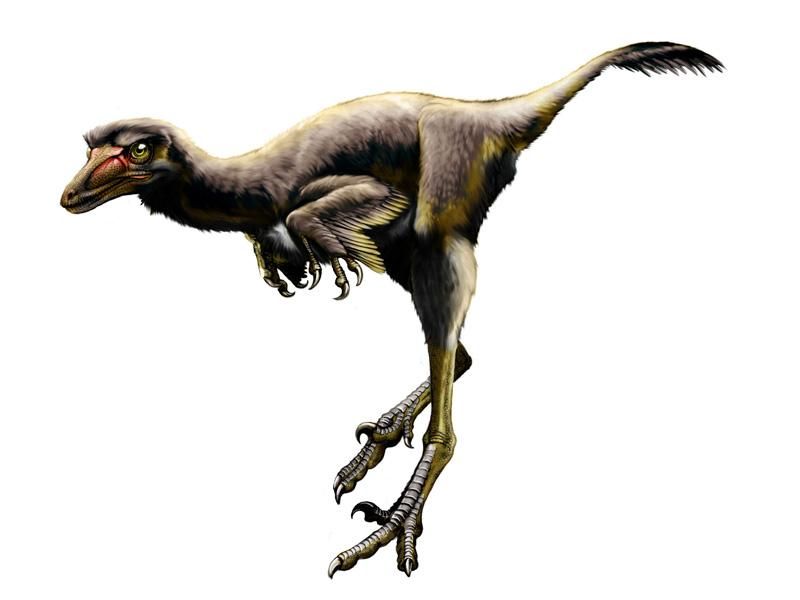Signs of Advanced Life—on Earth
Humans have left their mark in the geologic record, just as alien civilizations might on other worlds.
/https://tf-cmsv2-smithsonianmag-media.s3.amazonaws.com/filer/f5/cc/f5cc8357-1fa9-4560-baa0-bc943d3e5c83/plastics.jpg)
A paper just published by Colin Waters and colleagues in the journal Science makes a persuasive argument that the so-called Anthropocene era should be classified as a distinct period in the geologic record. Human activity, according to the authors, has changed the environment enough to appear as a persistent and recognizable event in Earth’s history. The stratigraphic unit associated with the Anthropocene could thus be used as a biosignature for technologically advanced life—if extraterrestrials visit Earth in the far future.
Biosignatures associated with human activity include concrete, elemental aluminum and various plastic compounds—all materials that would undergo very little change over geologic time. A high rate of species extinction and the radionuclide fallout from nuclear weapons would also be easily detectable. Other indicators would be more subtle, like elevated amounts of nitrogen and phosphorus compounds due to the use of fertilizers, or patterns in coastal sedimentation that are difficult to produce by natural processes. Future visitors to planet Earth might also detect trapped gas bubbles in rock or ice, with higher concentrations of carbon dioxide associated with increased global warming.
Scientists and lay writers alike have considered what would be left of human civilization if our species just vanished one day. If we’re talking about geologic time scales, the answer is very little. Nearly everything would decay away on Earth, including all the monumental constructions of which we are so proud, due to the wind, rain and environmental chemicals that lead to erosion.
But as Waters and colleagues point out, subtler signs of human activity would remain identifiable for a very long time. If extraterrestrials were to visit Earth millions of years from now (when, perhaps, a new civilization has arisen following our demise) they could in principle discover traces of our past by drilling into the rock and discovering the Anthropocene unit.
Of course, the same logic would apply if we visit another planet, particularly if the extraterrestrials have advanced technology similar to our own.
We can use these insights to look back at our planet’s history and search for the moment when civilization achieved a certain level of technological prowess. The idea that dinosaurs could have advanced as far as humans is, of course, considered outlandish. However, some dinosaurs appear to have gotten pretty smart, as evidenced by a high brain-body ratio. The Troodontids, for example, may have had encephalization quotients (a measure of brain size) higher than dolphins.

If we entertain such a wild speculation for the sake of argument, how could it be tested? What would really be left after 65 million years of erosion? Colin Waters and colleagues have at least started down the road to answering such a question.
/https://tf-cmsv2-smithsonianmag-media.s3.amazonaws.com/accounts/headshot/Dirk-Schulze-Makuch-headshot.jpg)
/https://tf-cmsv2-smithsonianmag-media.s3.amazonaws.com/accounts/headshot/Dirk-Schulze-Makuch-headshot.jpg)